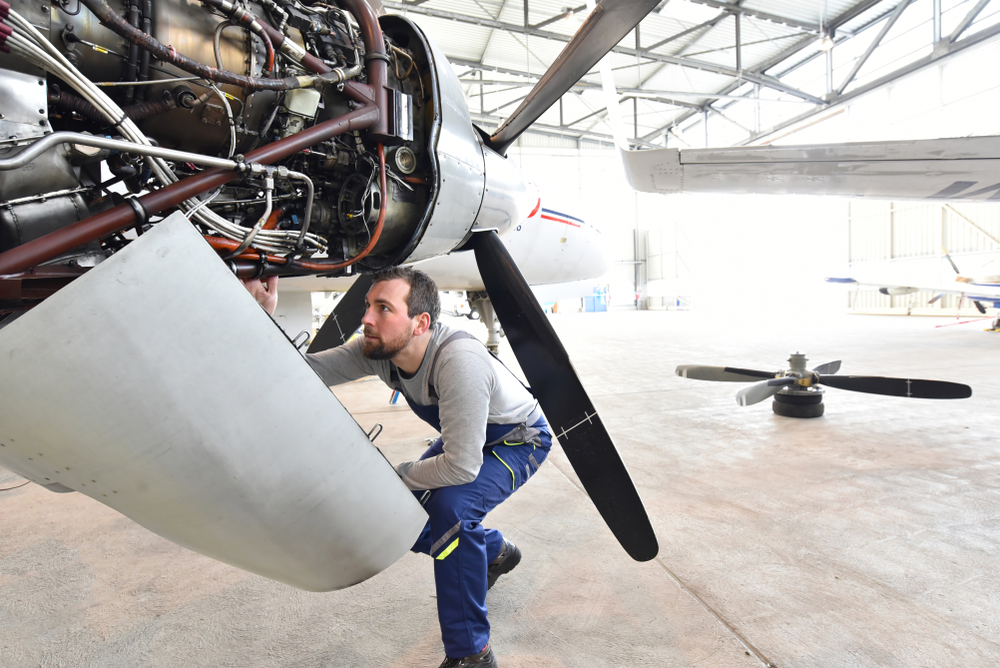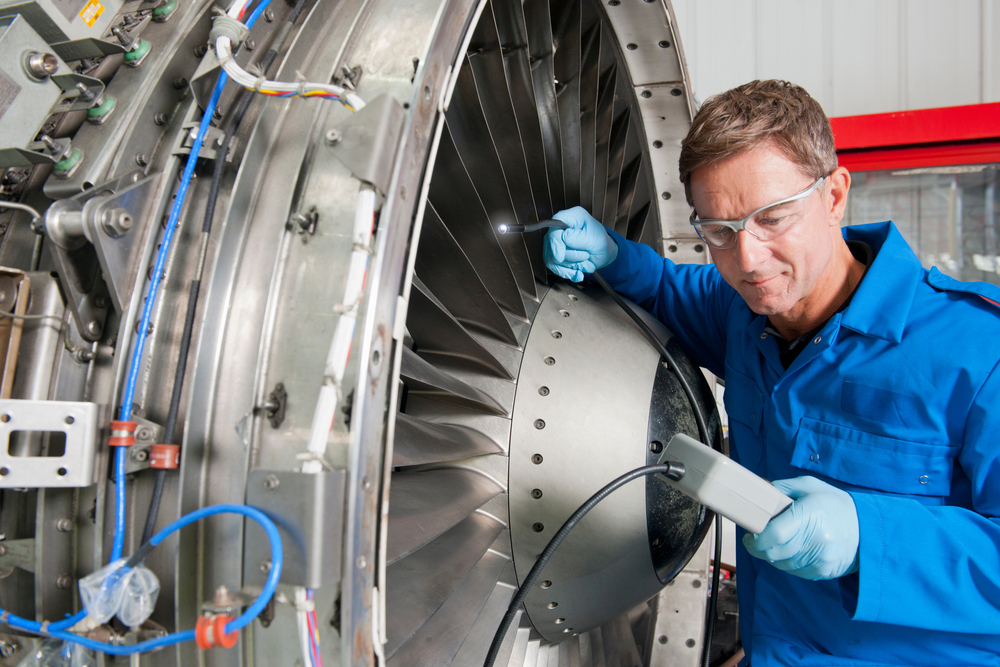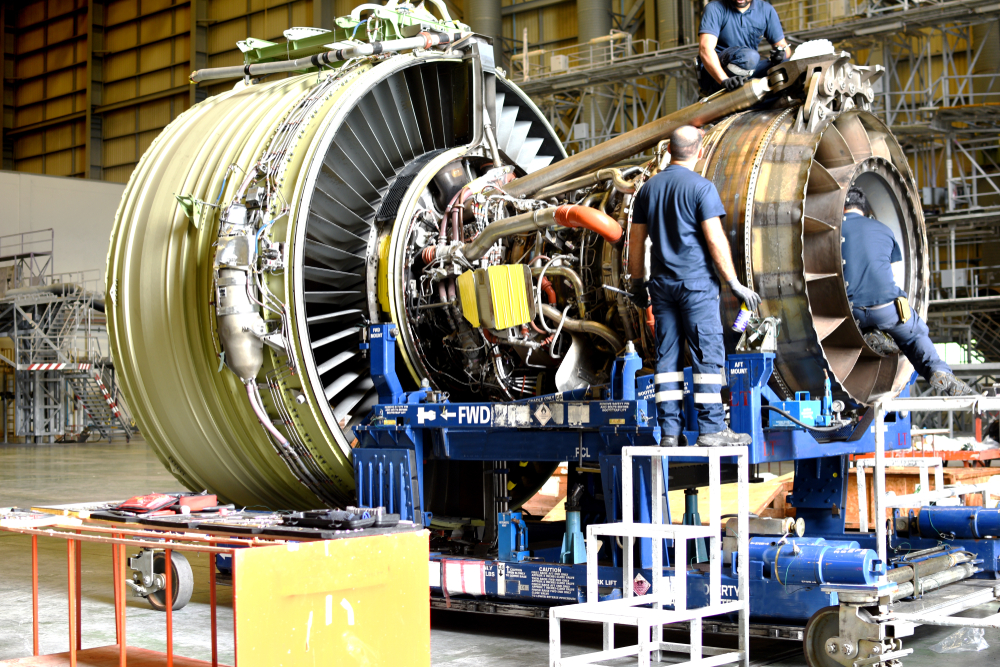The aviation industry is advancing rapidly, with technological innovations, fleet growth, and rising passenger demand shaping its future. However, beneath this promising outlook lies a critical challenge: a growing shortage of skilled aircraft maintenance technicians. While much attention is given to pilot recruitment and training, the long-term shortfall of qualified technicians presents an equally significant risk to global airline operations.
The question goes beyond whether the industry can acquire enough aircraft to meet growing demand. More importantly, it is about whether maintenance organizations (MROs) and airlines will have the skilled personnel needed to keep these aircraft safe, airworthy, and operational. This shortage highlights just how vital technicians are to maintaining safe and efficient flight operations and emphasizes the urgent need for a new generation of skilled professionals.
In this blog post, we will explore the key factors driving the global technician shortage and review the latest industry outlooks to understand the long-term scale of this challenge.
Table of Contents
Reasons behind the aircraft technician shortage
No one can deny the critical role aircraft maintenance technicians play in inspecting, repairing, and certifying aircraft for flight. Yet, despite their importance, they remain one of the most overlooked groups in aviation workforce planning. The shortage of aircraft technicians is not a short-term issue, but a structural, global labor gap that is expected to worsen unless the industry takes urgent action to attract more talent to this vital field. However, there are several main reasons behind this shortage. So, what are the key factors driving the aircraft technician gap?
1. Retirement and natural attrition
A significant number of experienced aircraft technicians are leaving the profession. This is mainly due to retirement and natural attrition. As a result, a growing gap is forming in the workforce. So far, younger professionals have not been able to fill it. Maintenance, Repair, and Overhaul (MRO) organizations, along with airlines, are struggling to attract new talent. At the same time, a large portion of today’s technicians are approaching retirement.
2. Air traffic and aircraft fleet growth
As more and more aircraft enter service, the demand for skilled technicians to maintain these planes rises accordingly. According to Airbus’ latest Global Market Forecast, passenger traffic is projected to increase steadily at an average rate of 3.6% per year over the next two decades. To keep up with this growth, the aviation industry will need around 43,420 new passenger and freighter aircraft by 2044. That includes about 34,250 single-aisle aircraft and 9,170 widebodies.
Moreover, during this period, the global in-service fleet is expected to nearly double from roughly 24,730 aircraft at the end of 2024 to over 49,000 by 2044. At the same time, almost 19,000 older aircraft will be retired and replaced. This expansion means more aircraft to maintain and more complex systems to manage. But the pace at which new technicians are being trained does not keep up with the rapidly growing need for them.
3. Training bottlenecks
Becoming a licensed aircraft technician is a serious commitment, and it is neither quick nor easy. As we have outlined in a separate article, licensing requirements vary by region, but the path generally involves at least two to three years of study, exams, and hands-on experience before you are even allowed to carry out basic repair tasks. This process can feel slow, and for many, the financial cost adds extra pressure. As a result, some students leave the training program before reaching certification.
Training organizations also face significant challenges, often working with outdated equipment, limited facilities, and struggling to train enough new technicians to keep pace with the evolving demands of the industry. Newer aircraft types and technologies require not only traditional mechanical skills but also knowledge of digital systems and data analysis. This means modern training must evolve to include a broader and more flexible skill set. However, not all programs are designed to offer it just yet.
4. Manpower planning challenges
Aircraft technicians are frequently overlooked in manpower planning compared to other aviation roles. This lack of focus contributes to slower recruitment efforts and difficulties in retaining skilled technicians. It also puts additional pressure on maintenance operations.
5. Public perception
Although aircraft maintenance is a highly technical field that carries significant responsibility, it is not always presented as such. Pilot careers often dominate aviation outreach and promotion, while the vital role of aircraft technicians receives far less visibility. As a result, many young people remain unaware of the competitive salaries, long-term career stability, and global demand associated with this profession.
Maintenance is sometimes perceived as physically demanding and even unappealing, especially when compared to modern, tech-driven careers. This perception sometimes deters the younger generation, despite the growing integration of digital tools, diagnostic systems, and predictive maintenance technologies that are transforming the nature of the work.

What does the long-term outlook for aircraft technician shortage look like?
The long-term outlook for the aircraft maintenance workforce points to a deepening structural challenge. Boeing’s 2024 Pilot and Technician Outlook projects that the global aviation industry will require at least 710,000 new maintenance technicians over the next 20 years to support commercial airline operations alone. Across the globe, the demand for aircraft maintenance technicians is expected to vary significantly by region.
Globally, Eurasia leads the demand for aircraft maintenance technicians, with an estimated need for 165,000 new professionals over the next 20 years. This reflects the region’s growing aircraft fleets and increasing air traffic, particularly in Eastern Europe and Central Asia.
China is not far behind. Boeing suggests that the country will need around 131,000 technicians as its commercial aviation sector rapidly grows and invests heavily in new home-grown aircraft. To compare, North America will require about 123,000 technicians, mostly to replace those retiring from a mature and well-established aviation market.
Regions like Southeast Asia and South Asia are some of the fastest-growing, with needs of approximately 78,000 and 45,000 technicians, respectively. These areas are seeing significant increases in air travel and fleet size, making them promising places for a long-term career.
In the meantime, special attention should be given to the Middle East, where ongoing investments in modern fleets and aviation infrastructure are expected to create a demand for approximately 63,000 skilled technicians.
Other parts of the world will also see steady demand. For example, Latin America will require 42,000, Africa will need 24,000, Northeast Asia will demand 27,000, and Oceania will call for 12,000 aircraft technicians. Much of this demand reflects not only industry growth but also the need to replace experienced technicians who are retiring or leaving the profession.

It is key to remember that across all regions, more than two-thirds of the demand for technicians (just like with pilots) comes from the need to replace retiring professionals, not just to grow the workforce. This means job security remains strong, even in markets with slower growth. At the same time, technology is slowly reshaping the role. Modern aircraft increasingly rely on digital systems, so this means you will need to be comfortable using diagnostic tools, predictive maintenance software, and managing digital records.
Overall, the future looks bright for aircraft maintenance technicians. Whether you choose to work close to home or explore opportunities abroad, this career offers stability and plenty of chances to grow alongside the fast-evolving aviation industry.
If you are still unsure about starting this journey, check out the next article to clear up any doubts and get inspired.

